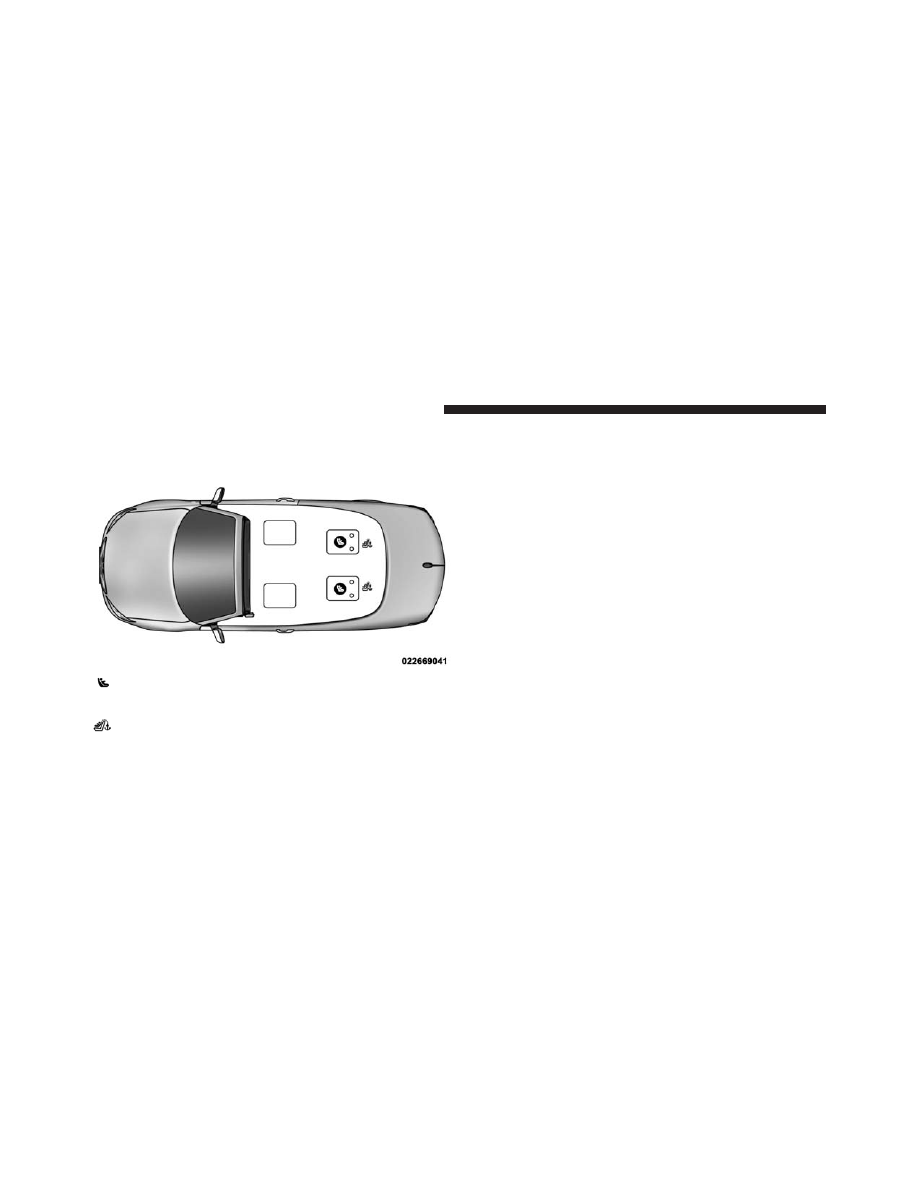Chrysler 200 Convertible (2013 year). Manual - part 5

LATCH Positions For Installing Child Restraints In This Vehicle
Lower Anchorage Symbol 2 anchorages per seating
position
Top Tether Anchorage Symbol
76
THINGS TO KNOW BEFORE STARTING YOUR VEHICLE